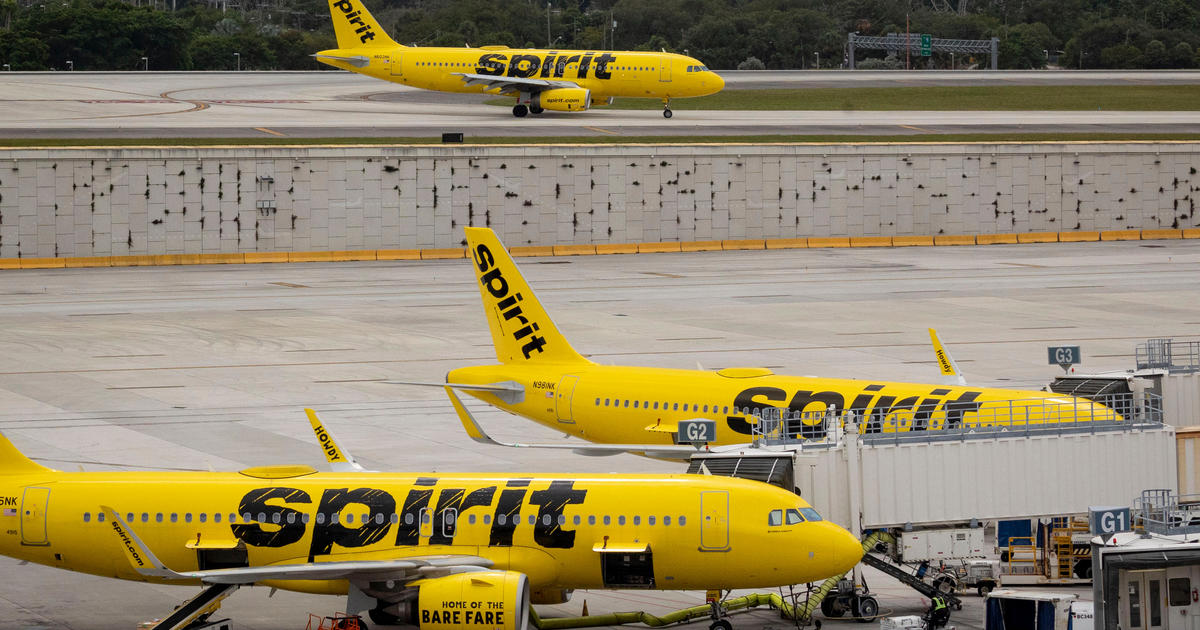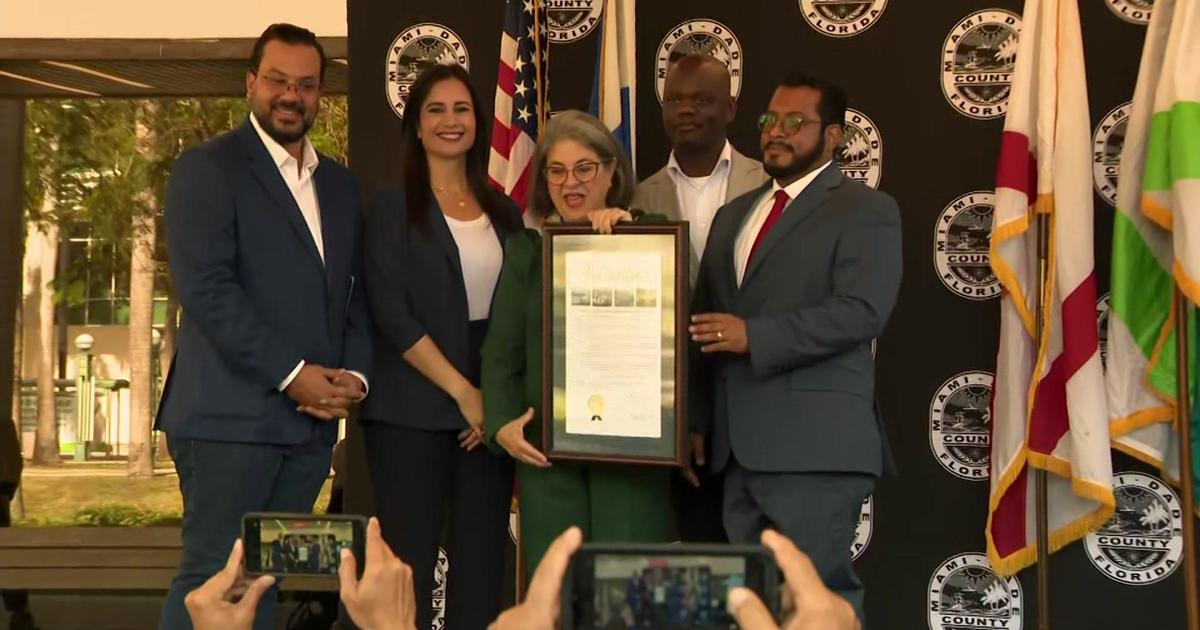The Lifeline Program Through The Years: From Origins To The Present
Having access to telephone service is essential in order to contact potential employers, reach emergency services and stay in touch with family members. Not everyone can afford this, though.
In order to assist low-income individuals, the Federal Communications Commission (FCC) established the Lifeline program, which provides qualified individuals a discount on phone service. The program has been around since 1984 and has gone through some important changes over the years. Here's a look at how the program got its start and how it has been modernized to accommodate today's wireless world.
The Origins of the Lifeline Program: 1980s
The FCC established the Lifeline program in 1984 during the Ronald Reagan Administration with the aim of providing low-income households with low-cost landline options. The FCC worked with state governments and local phone companies to come up with this plan. Under the original Lifeline program, those who qualified received a discount on their monthly phone bill.
In 1985, the FCC re-established the Lifeline program to further reduce qualifying households' phone bills. The FCC adopted another program, known as Link Up America, in 1987. This program was set up in order to help qualifying households afford connection and installation fees for landline phone service.
Broadening the Scope of the Lifeline Program: 1990s
The Telecommunications Act of 1996 led to the creation of the Universal Service Fund (USF), which all telecommunications carriers are required to contribute to. The Lifeline program is one of four programs covered by the USF. In 1997, the FCC tasked an independent non-profit organization called the Universal Service Administrative Company (USAC) with managing the USF and collecting contributions from telecommunications carriers.
The FCC also made broad changes to the Lifeline program in 1997. These changes went into effect under the 1997 Universal Service Order and included the following:
- Made Lifeline available to qualifying households in all US states, commonwealths and territories
- Modified the state matching requirement to make Lifeline even more affordable for low-income households
- Raised the federal support amount
The order also stated the services that the Lifeline program would include, such as: single-party service, operator services, directory assistance and emergency services.
Updating the Lifeline Program: 2005-present
With the use of cell phones on the rise, the FCC began making Lifeline benefits available for pre-paid wireless service plans in 2005 during the Bush Administration. The benefit amounts vary buy state, but they average at $9.25 per month. Wireless phone service providers are able to offer free cell phone service using the monthly discount; some providers, including Q Link Wireless, even provide a free cell phone to use with the free phone service.
In 2012, the FCC adopted major Lifeline reforms in order to reduce waste, cut down on fraud and modernize the program. These reforms included the following:
- Creating a National Lifeline Accountability Database to reduce duplicate subscriptions for the same customer
- Using fully automated eligibility databases more often in order to reduce fraud and make the verification process for continued eligibility easier for customers and providers
- Adopting a rule of one-per-household while defining households as economic units, which allows different low-income families at the same address to sign up for the program
- Saving $200 million in 2012
The Lifeline program has helped millions of low-income households over the past 30 years. "For families who are struggling, Lifeline has lived up to its name," said Issa Asad, CEO of Q Link Wireless, LLC, a subsidiary of Quadrant Holdings, LLC, located in Dania, Florida.
The QLink Wireless CEO also states that Lifeline has "provided these families with valuable benefits, so that they don't have to worry about not being able to get calls back from potential employers or reach help in an emergency." The Lifeline program does offer highly important benefits for low-income households, which will be covered in the next article.
Above content provided by Q Link Wireless, a subsidiary of Quadrant Holdings, LLC.



